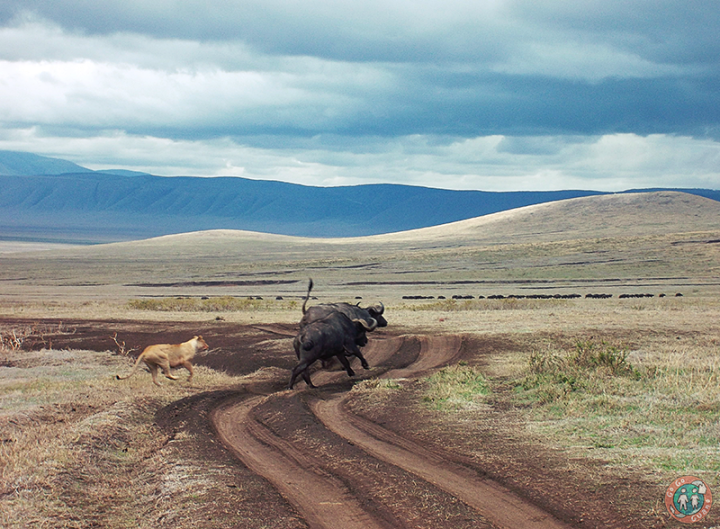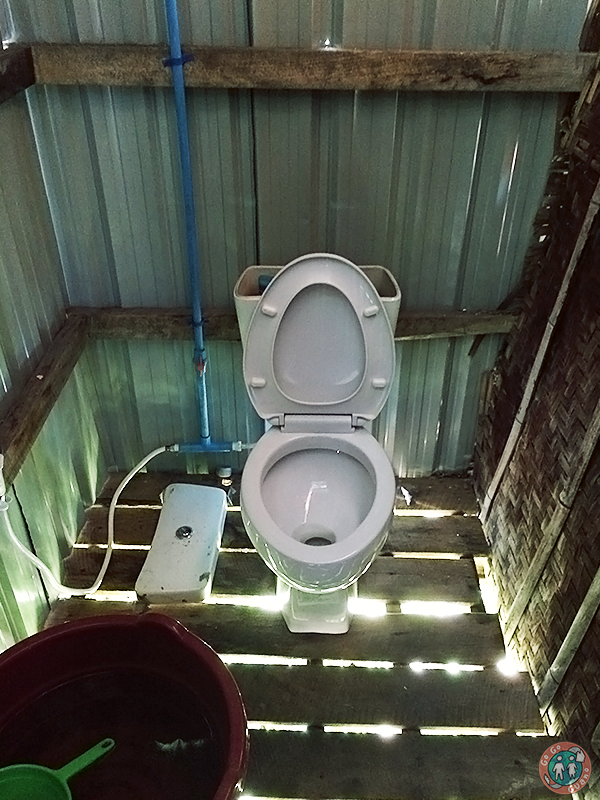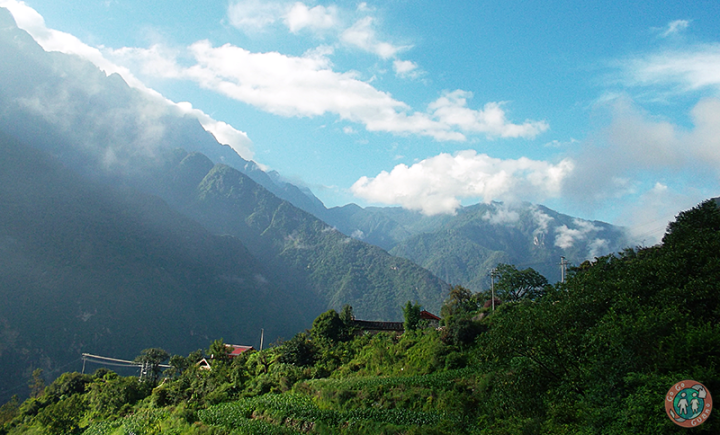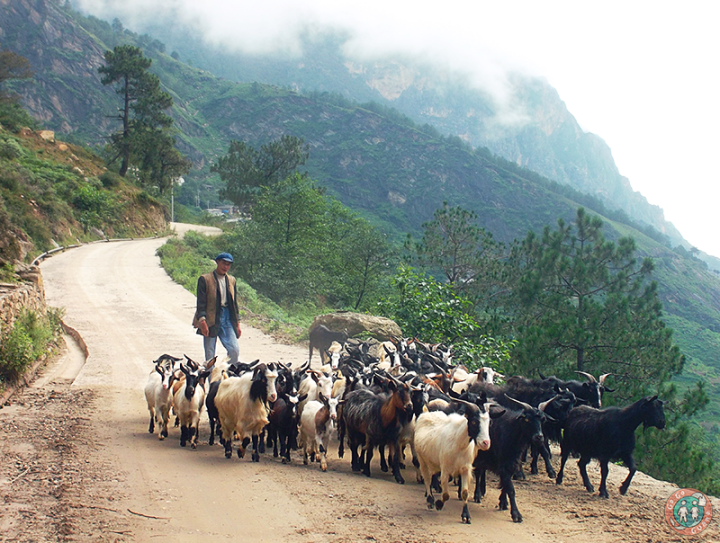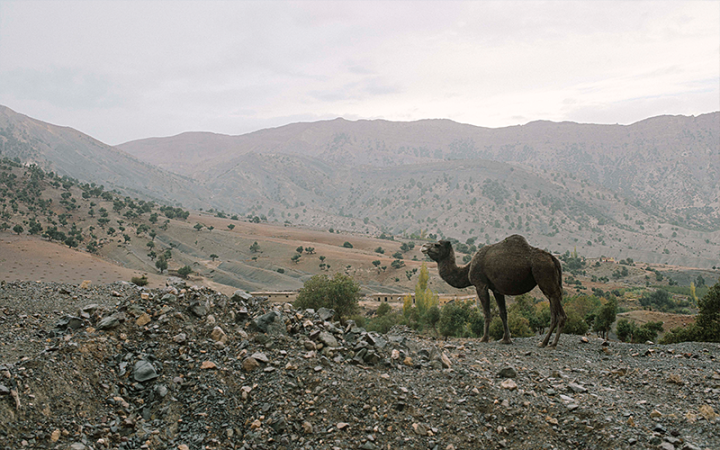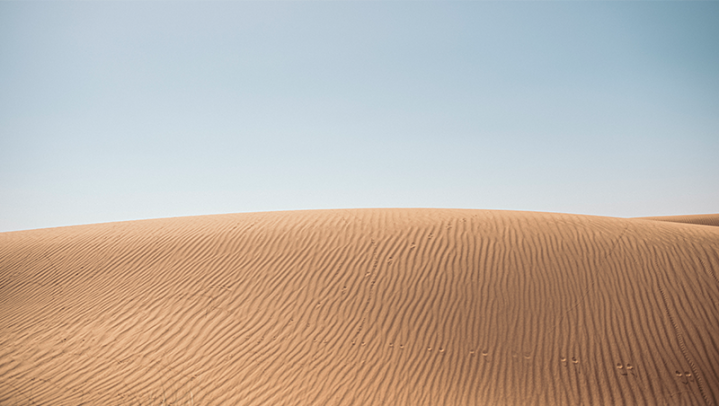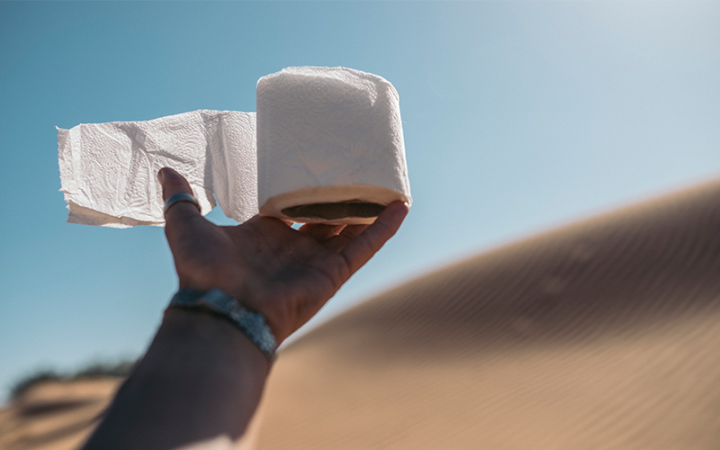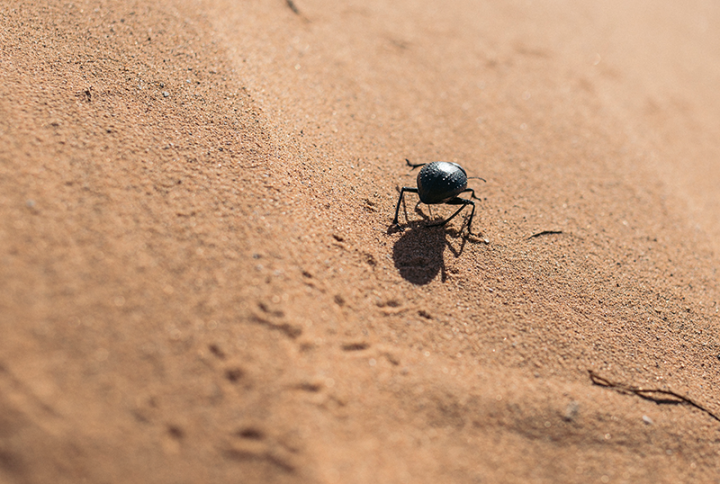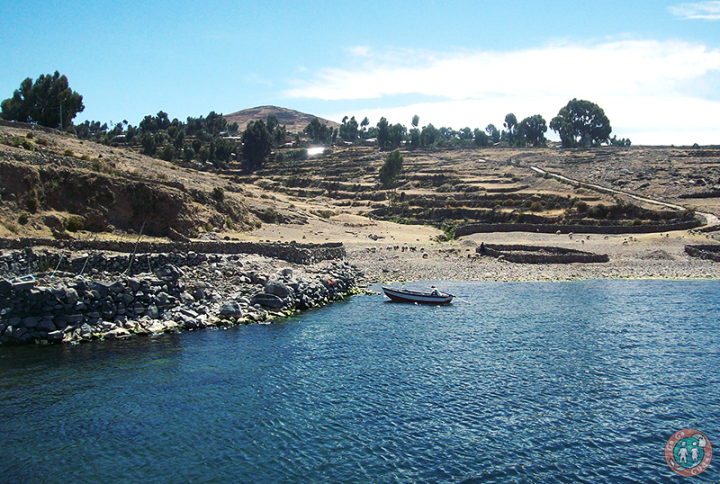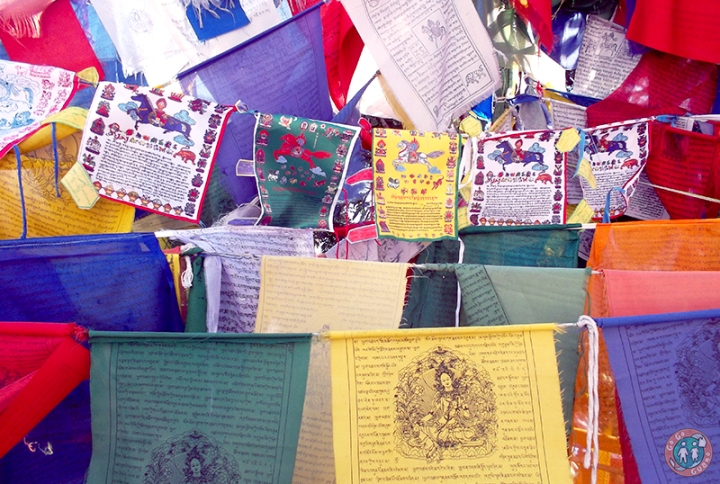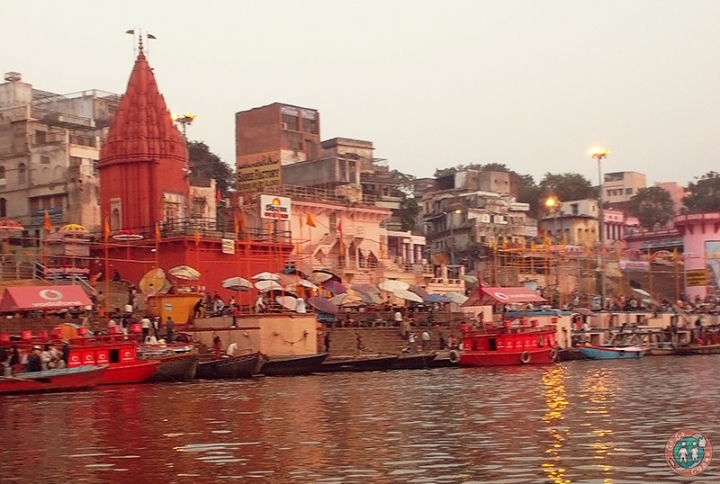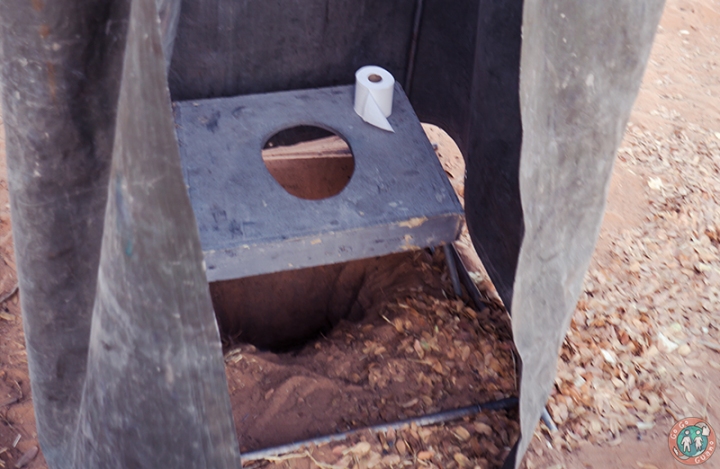By guest blogger Rachel Bicker
Somewhere deep in the Scottish highlands, 1000 meters above sea level in blizzard conditions, I harness the bravery of my Scottish ancestors, remove my many layers of mostly borrowed winter gear, and I pee into a bag.
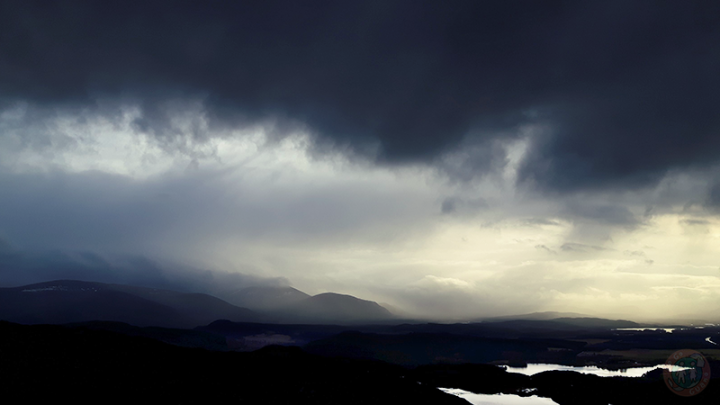
I ended up here, with icy, wind-whipped buttocks and a cringing sense of vulnerability, because I signed up for a weekend course in winter skills, encouraged by my friend Rina with the group Explorers Connect. Rosie and Morgan, my housemates and Go Go Guano creators, decided this would be a perfect opportunity for me to test out a “Peebol” in some pretty extreme conditions!

As an ecologist who works outdoors for long periods of time, I am no stranger to outdoor peeing. I previously tried a Shewee in the Carpathian Mountains (without much success), and I was hoping to use something less likely to result in a stream of urine that could potentially whip back at me in a strong gust (otherwise called a ‘dirty wind’). The makers of the Shewee have come up with another option, the Peebol.

But what is a Peebol, I hear you cry? It’s a small resealable bag, containing rapid performing, absorbent granules which convert fluid into a biodegradable gel. It’s very light and foldable, slipping easily into a small pocket. The top is reinforced by cardboard and has a ziplock, so it opens easily and closes again securely.
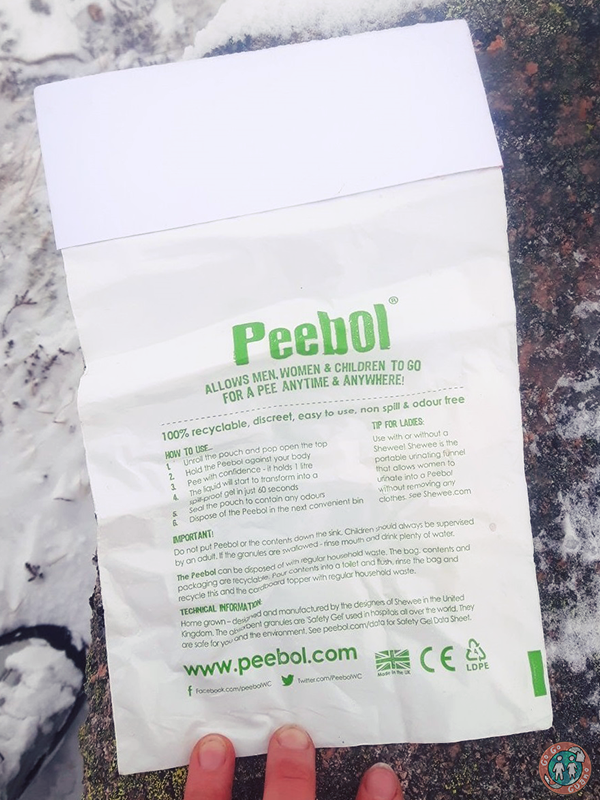
So, how did it go with my own, personal wizz-bag?
Step 1: Find a good sized rock for shelter from the blizzard and other mountaineers…
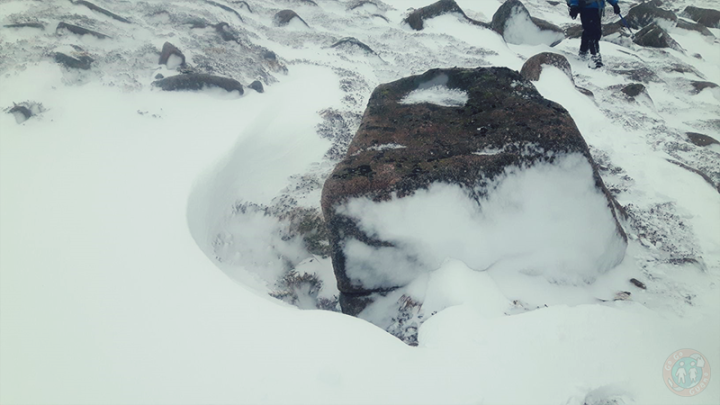
The chosen boulder
Step 2: Dig around in your backpack for Peebol bag, take off gloves to unseal the top.
Step 3: Last glance around, pants down, then all systems go…
Step 4: Come on, hurry up, hurry up, hurry up…

Thinking of Scottish mountain streams
Step 5: Continue to enjoy the views /blizzard
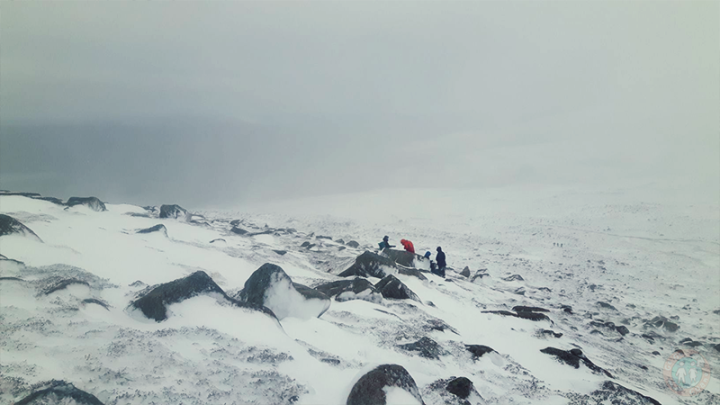
View from my boulder (and my group, a little too close for comfort…)
Step 6: Get distracted by wildlife.
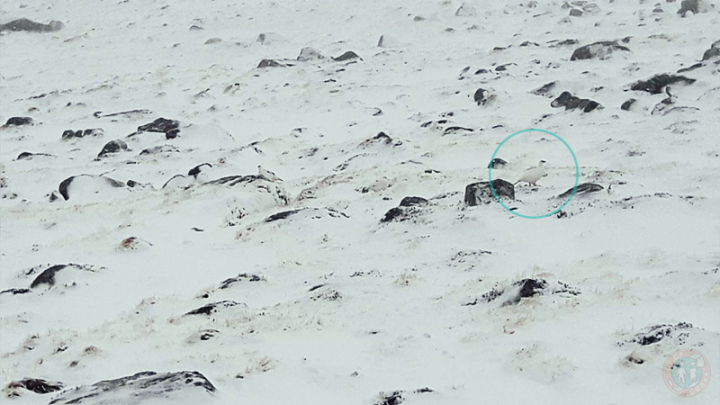
Ooh, a Ptarmigan!
Step 7: Think “Wow I drank a lot of tea today…”
Step 8: Zip the seal back and ‘sort yerself oot’ (under layer up, over layer down, under layer up etc.)
Step 9: Re-seal Peebol bag and leave for a few minutes while the granules work their magic. Replenish bodily fluids by drinking more tea.
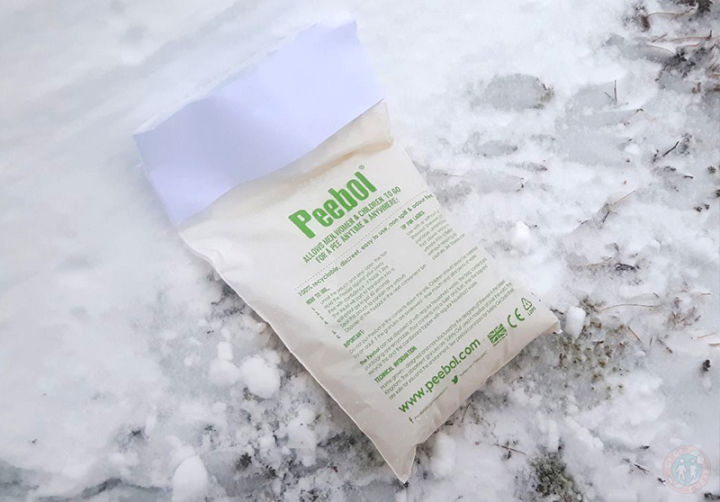
Step 10: Place in the top part of your rucksack (or if you fancy a home-made hot water bottle right there and then, simply stash in your clothing).
Rejoining my group, I realised I’d been a bit hasty in pulling up clothing in order to avoid the blizzard entering my undergarments. My thermals were still hovering low around my knees under my outerlayer, creating an unfortunate sort of John Wayne meets MC Hammer situation all the way back down the mountain.
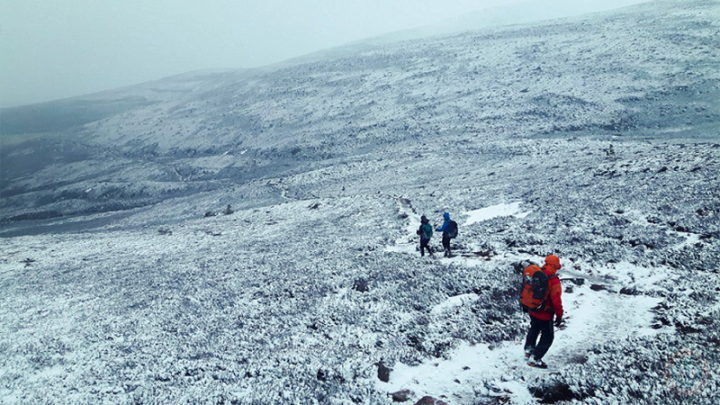
My Peebol verdict:
The Pros:
- Very light and folds into a tiny packet (when empty)
- Leaves no nasty yellow snow
- No splash-back
- Holds a surprising amount of pee
- Contents can be disposed of down the toilet and all parts of the bag are recyclable
The Cons:
- Must be used in good cover to avoid losing the bag in gale-force wind.
- Bag-split paranoia when you stash it back in your pack
If you’re now thoroughly sold on the idea of peeing in a bag in sub-zero conditions, you can find Peebols and various other outdoor urination devices on Amazon. Shewees can of course be used in conjunction with the Peebol bags, but also work fine solo.
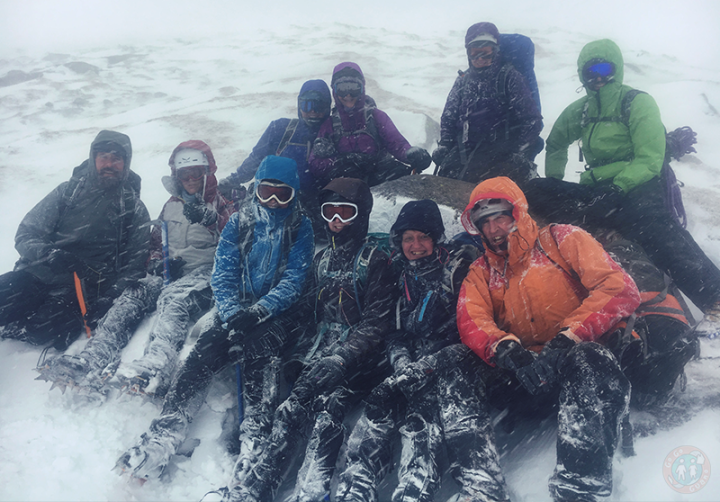
Explorers Connect on Cairngorm Plateau
Bonus section: Cairngorms Poo Project
An important message for people out enjoying natural environments like the Cairngorms is to minimise human impact, ideally by leaving no trace of our presence on the mountains. Human waste is a big issue as this can build up quickly in popular areas, contaminating water and soils, ruining it for other people and for wildlife. Because of this, the Cairngorm Poo Project was set up in 2007 by mountain ranger Heather Morning. Hikers are encouraged to call in at the Ranger Base for biodegradable bags and a carrying pot, which is light-weight with a screw top to eliminate the risk of leakage or smell. The bags break down readily in the sewage system at the Ranger Base, where all parts can be returned. Not a bad deal, considering it’s free for all hikers!
And finally…
When she’s not peeing in bags, Rachel normally writes a blog about the wildlife around Gatwick Airport. This week is a Scottish special featuring the native wildlife and poop that can be found around the Cairngorm National Park – check it out here!





